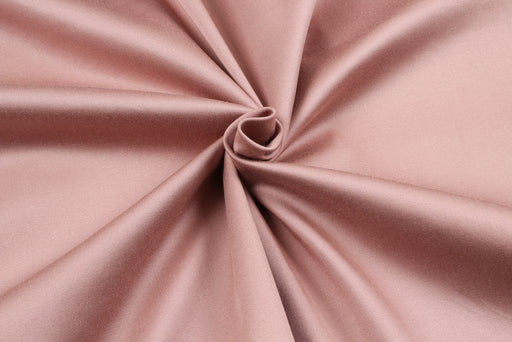
The Ultimate Showdown: Is Microfiber Better Than Cotton?
When it comes to choosing the perfect fabric for your bedding, towels, or clothing, the debate between microfiber and cotton has been ongoing. Both fabrics have their own unique qualities and benefits, but which one truly reigns supreme? In this article, we will delve into the world of microfiber and cotton, comparing their characteristics, performance, and environmental impact to determine which fabric comes out on top.
- Understanding Microfiber:
Microfiber is a synthetic fabric made from ultra-fine fibers, typically composed of polyester and polyamide. These fibers are incredibly thin, measuring less than one denier, which is about 1/100th the diameter of a human hair. This unique structure gives microfiber its exceptional softness, durability, and ability to repel water. - Exploring Cotton:
Cotton, on the other hand, is a natural fiber derived from the cotton plant. It has been used for centuries and is known for its breathability, comfort, and absorbency. Cotton fibers are longer and thicker compared to microfiber, providing a more traditional and familiar feel. - Comfort and Performance:
When it comes to comfort, cotton has long been favored for its breathability and ability to regulate body temperature. Its natural fibers allow air to circulate, keeping you cool in hot weather and warm in cold weather. Microfiber, although not as breathable as cotton, excels in moisture-wicking properties, making it ideal for athletic wear and towels. - Durability and Maintenance:
Microfiber is renowned for its durability, as the ultra-fine fibers are tightly woven, making it resistant to wear and tear. It is also highly resistant to stains, fading, and shrinking. Cotton, while generally durable, may shrink and lose its shape over time, especially if not properly cared for. Additionally, cotton tends to wrinkle more easily than microfiber. - Environmental Impact:
In terms of sustainability, cotton has the upper hand. Being a natural fiber, it is biodegradable and renewable. However, the production of conventional cotton requires significant amounts of water, pesticides, and fertilizers, contributing to environmental concerns. On the other hand, microfiber is derived from non-renewable resources and can release microplastics into the environment during washing, posing a threat to aquatic life.
Conclusion:
In the battle between microfiber and cotton, there is no clear winner. Each fabric has its own set of advantages and disadvantages. Microfiber excels in durability, moisture-wicking, and stain resistance, making it a great choice for certain applications. Cotton, on the other hand, offers superior breathability, comfort, and sustainability. Ultimately, the choice between microfiber and cotton depends on personal preferences, intended use, and environmental considerations.